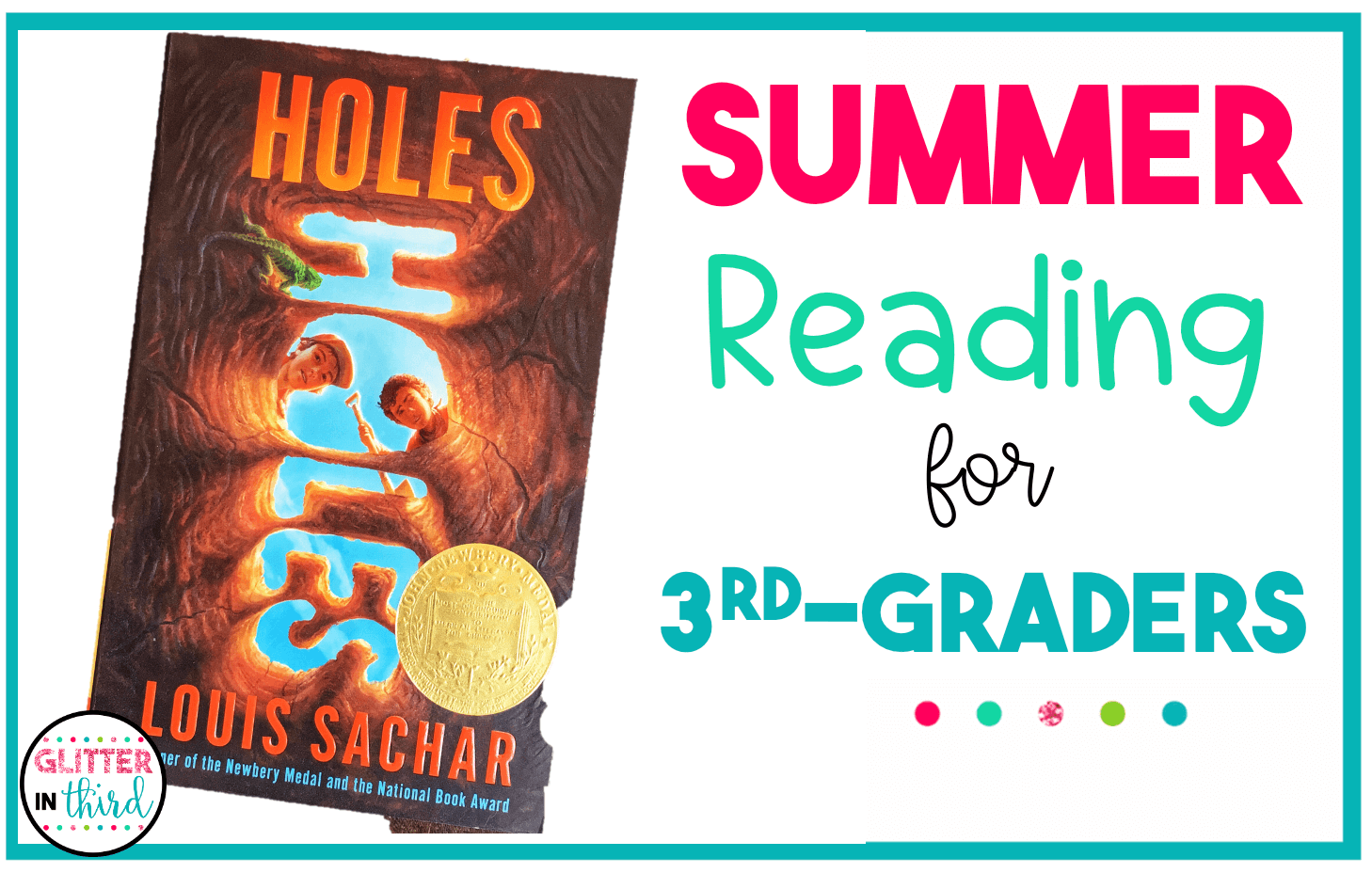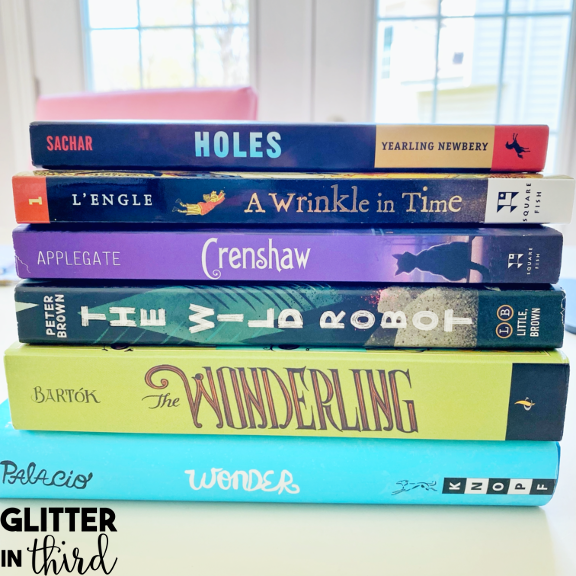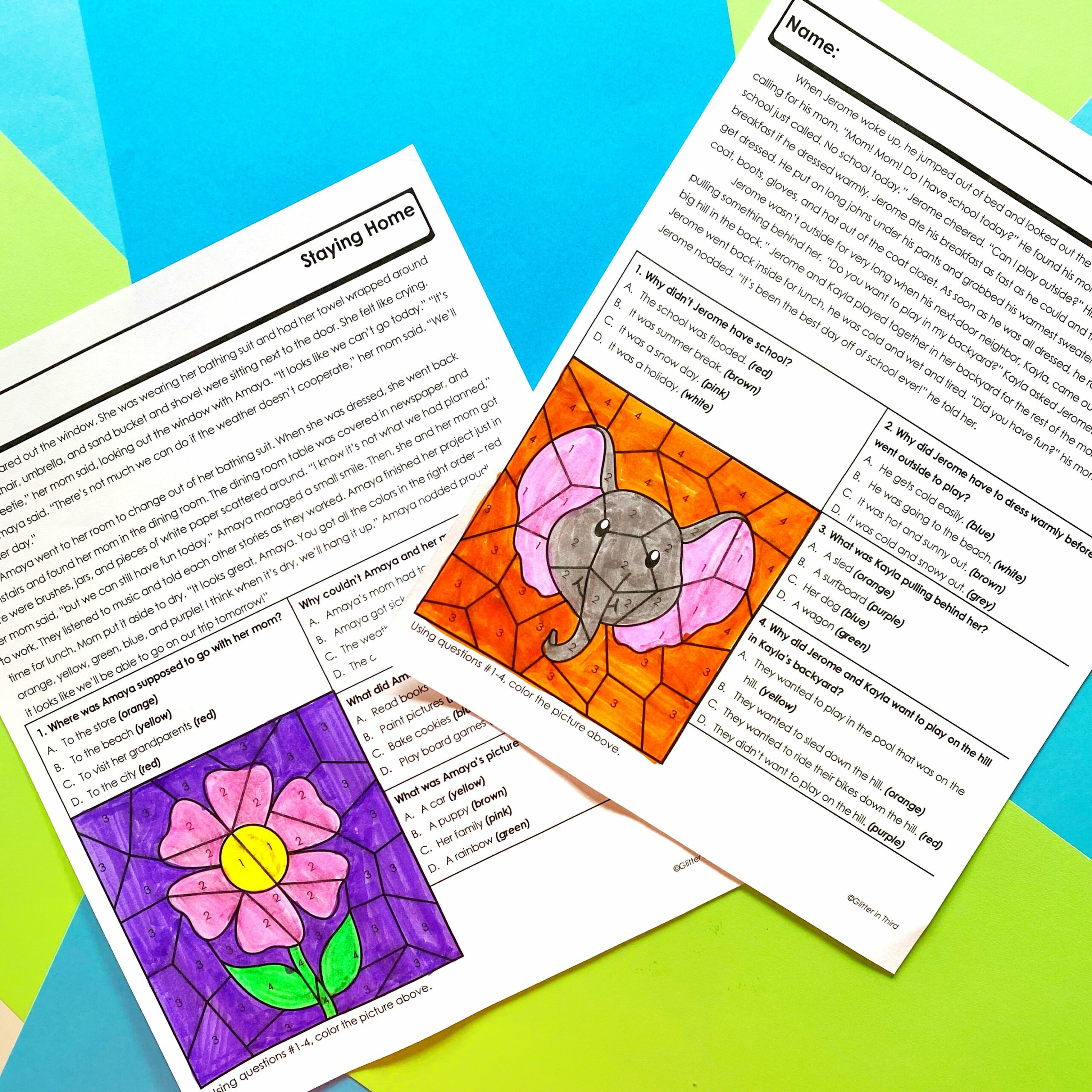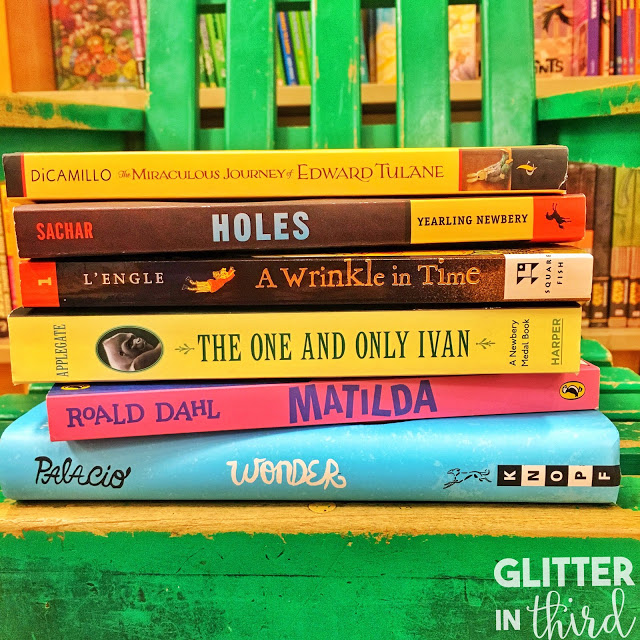Join the VIP Teacher Club!

If you’re Googling “summer reading for 3rd graders,” chances are you’re trying to keep your child reading over the summer—without nagging, bribing, or resorting to guilt. Totally understandable.
Summer is a time to relax and recharge, but it’s also important to keep those reading muscles working. The good news? It doesn’t take much to help your child grow as a reader—just a few minutes a day, the right mix of materials, and a little creativity.
Below are doable, low-stress ideas for keeping your 3rd grader reading this summer, including one of my favorite no-prep printables that makes comprehension feel more like a game than a worksheet.
This might be the single most important thing you can do. When kids choose their own reading material, they’re far more likely to actually read it. Don’t worry if it’s a comic book, joke collection, or a book they’ve already read 12 times—reading is reading.

Let them build their own book stack at the library or bookstore. You can guide the process, but give them freedom. If it feels like a choice, not a chore, they’ll be more invested.
Need fresh ideas for your child’s summer reading stack? Here are tried-and-true favorites that 3rd graders (and parents) love:
Mixing fiction and nonfiction helps build a stronger, more well-rounded reader.
Some kids love free reading time. Others thrive when reading has a purpose. Adding short comprehension activities can boost understanding and help them stay sharp—but keep it light and fun.
That’s where my Color-by-Number Reading Comprehension Passages come in. These printable worksheets pair engaging 3rd grade texts (both fiction and nonfiction) with a mystery picture kids reveal by answering comprehension questions correctly.

These fun reading worksheets:
You can check them out HERE!
You don’t need a strict reading schedule. Instead, aim for consistency. Think:
Reading in small, regular doses is more effective (and manageable) than long, occasional sessions.
You don’t need a formal worksheet to check for understanding. Just ask:
These quick conversations strengthen comprehension and help your child think more deeply about what they’re reading.
Need short ideas for preventing the summer slide in math? Read my blog post about Screen-Free Summer Math Activities!

One of the simplest (and most meaningful) ways to build strong reading habits is to read aloud together—even if your child is an independent reader. It builds vocabulary, improves listening skills, and creates shared moments that stick.
Summer is the perfect time to start a read-aloud tradition. Curl up with a chapter a night before bed or read outside in the shade after lunch.
Here are a few timeless read-alouds that 3rd graders can really connect with:
If you’re traveling or want something hands-free, audiobooks are a great way to enjoy these stories in the car, during quiet time, or even while your child colors or builds with Legos.
Summer reading for 3rd graders doesn’t have to mean sitting quietly with a chapter book every day. Whether your child loves funny books, fast facts, or coloring while they work, there are plenty of ways to make reading enjoyable—even when the pool or tablet seems more appealing.
If you’re looking for a low-prep, screen-free activity that combines reading comprehension with a creative twist, give my Color-by-Number Reading Passages a try. They’re easy to print, fun to complete, and packed with real reading skills your child will use all year long.
Check them out HERE!

Hey there, I’m Kelly! I I love helping teachers save time with technology and resources so they have more hours in the day to spend with family and friends. Take a look around to find new ideas that you can implement in your classroom today!